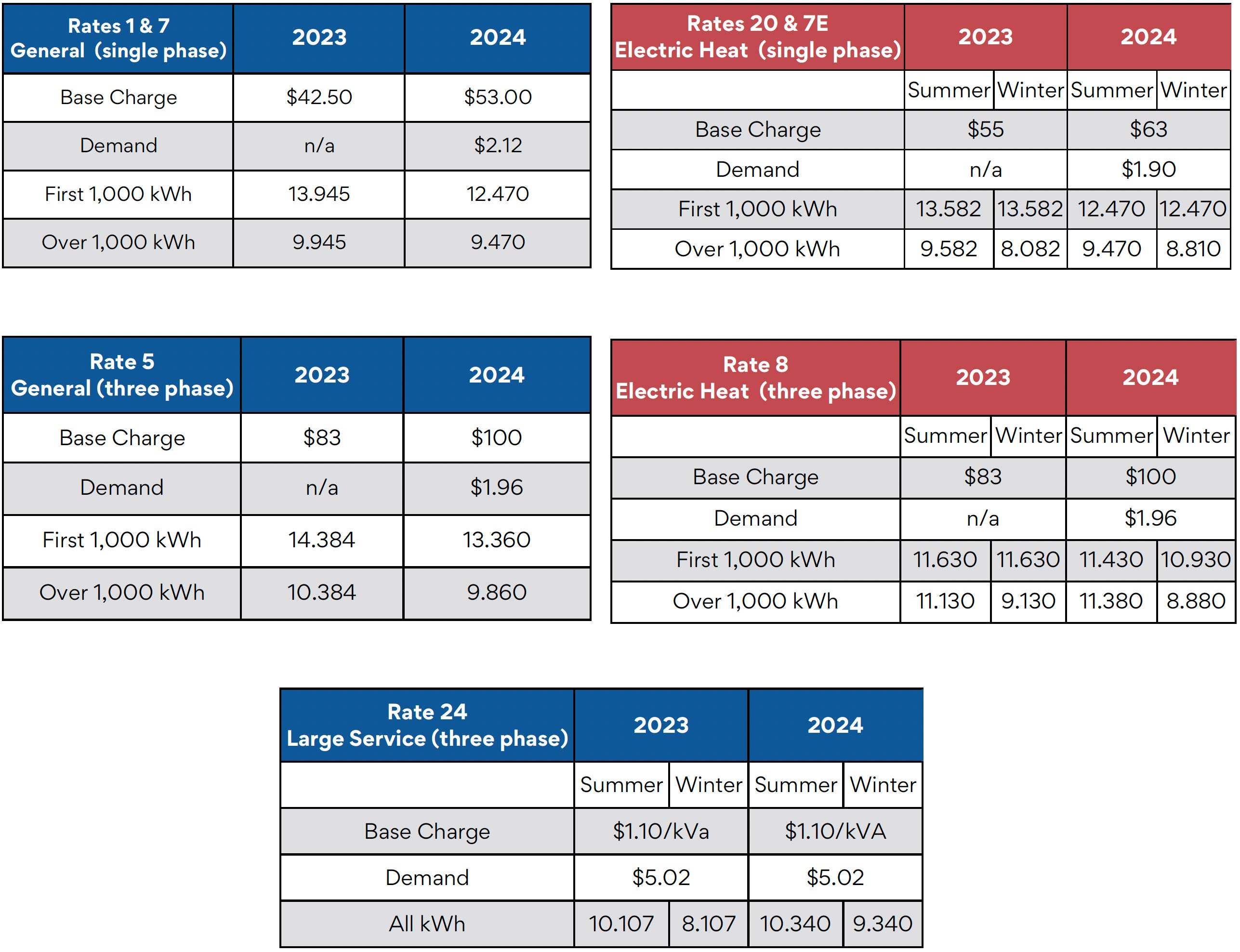- Joined
- Jun 8, 2022
- Messages
- 5,567
Dominion installed smart meters. They sent 15 emails that it was going to happen, like it was some sort of coming out party or something?
Now they continue to spam me about my smart meter like I am missing something? They have now resorted to paper mail - I am supposed to sign up and get an account and their app so I can see my daily usage and other stuff apparently?
I use electricity, and then I pay for it. I assume this means they no longer have to drive by my house to read the meter remotely, and they can turn off my power remotely if I don't pay my bill. Hopefully they also know when my electricity stops working without me having to call, but my guess is they won't bother with that part.
Am I missing something? Does anyone care what their electric meter has to say?
Now they continue to spam me about my smart meter like I am missing something? They have now resorted to paper mail - I am supposed to sign up and get an account and their app so I can see my daily usage and other stuff apparently?
I use electricity, and then I pay for it. I assume this means they no longer have to drive by my house to read the meter remotely, and they can turn off my power remotely if I don't pay my bill. Hopefully they also know when my electricity stops working without me having to call, but my guess is they won't bother with that part.
Am I missing something? Does anyone care what their electric meter has to say?


